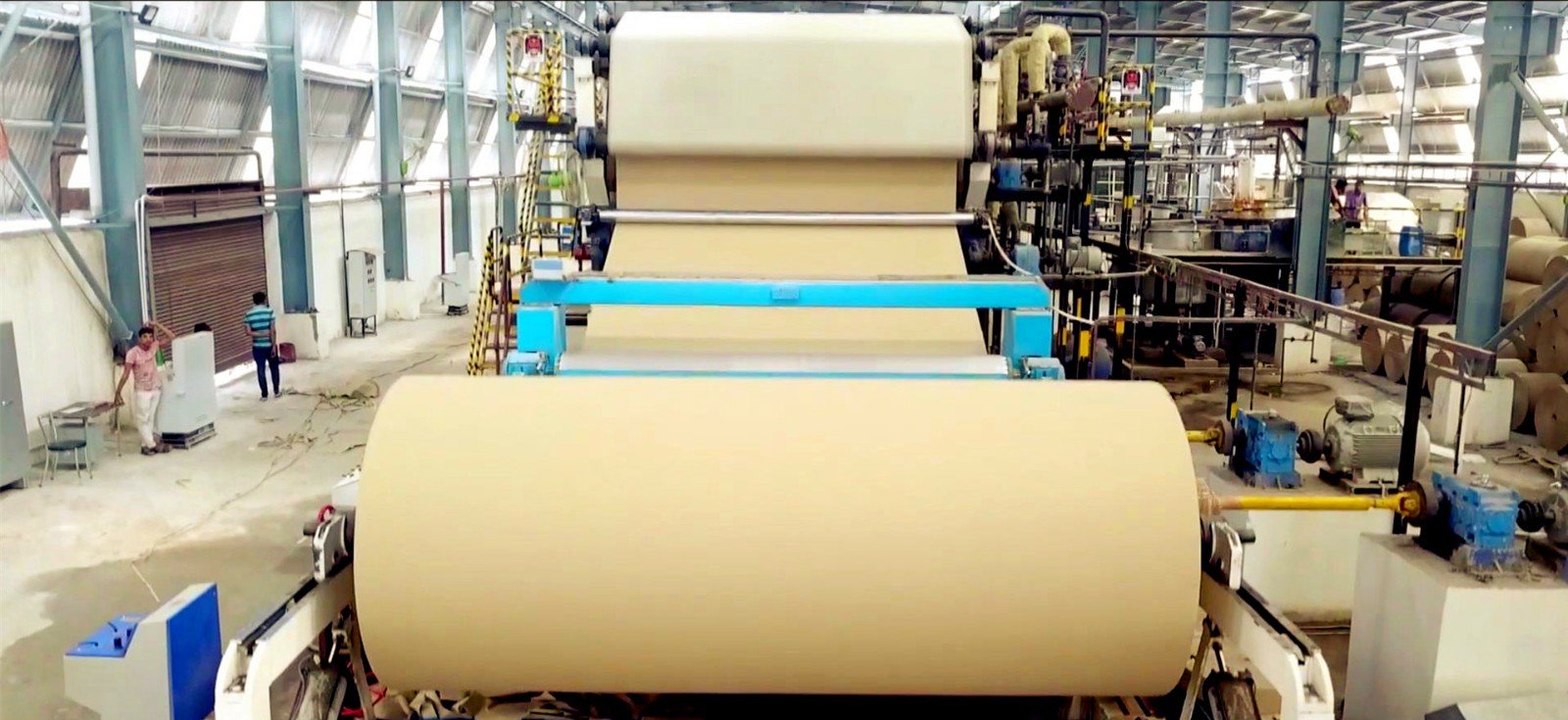WASTE PAPER PULPING: A KEY PROCESS FOR SUSTAINABLE PAPER PRODUCTION
Waste paper recycling occupies an important position in today's pulp and paper industry. This comprehensive and large-scale use of secondary fibers makes the pulping process more sustainable. The waste paper pulping process is very mature and can use 100% waste paper pulp to produce high-quality cardboard, industrial cardboard, facial tissue, toilet paper, newsprint, copy paper and other paper products. Among them, corrugated paper, container paper and newsprint are representative paper products that have successfully applied secondary fibers. Special equipment for waste paper treatment is constantly improving, making waste paper recycling more efficient. The following will explore the process and key steps of waste paper pulping in accordance with the basic process sequence.
1. Sorting and quality assurance of waste paper:
The success of waste paper recycling depends to a large extent on the quality of waste paper. As the quality of waste paper is increasingly declining and its composition is complex, the cost-effective collection, sorting and classification of waste paper is particularly important. Ensuring the quality of waste paper raw materials is a key step in realizing waste paper recycling.
2. Separation of pulp and pollutants:
Pulping is the process of loosening and breaking up waste paper fibers while promoting the separation of ink and other contaminants from the fibers. This helps break down contaminants in the waste paper into smaller particles that can be easily removed in subsequent processes. At the same time, the pollutant particles should be kept as intact as possible during the dispersion process to facilitate better screening and slag removal.
3. Screening and slag removal:
Screening is a key process after pulping to screen out impurities in waste paper. Various impurities in waste paper will be effectively screened out as long as their size exceeds the width of the screen holes or screen slits. Screening is divided into two types: impurity screening and classification screening to further improve the quality of pulp.
4. Disperse and rub:
The dispersing and kneading process has multiple functions, including making waste impurity particles smaller, promoting the separation of ink and fiber, homogenizing pulp, and being used in bleaching, etc. Dispersing equipment plays a role in thermal pretreatment, chemical mixing, and auxiliary role in the bleaching reactor during the bleaching process. It can also eliminate microbial contamination and improve fiber properties.
5. Deinking and bleaching:
The deinking process is a series of operations that separate the ink and fibers in waste paper. Through design and operation, the ink is detached from the fibers and the dispersed ink particles in the pulp are separated. Bleaching is to remove the color-producing substances in the pulp so that the pulp can obtain a certain whiteness and appropriate properties.
6. Coping with the challenges of adhesives:
Stickies are one of the challenges in paper recycling, especially in factories that make cardboard. Although most stickies can be removed with screens and cleaners, fine stickies can still be a problem. To address this challenge, adhesive formulations that are compatible with waste paper recycling need to be developed.
7. Sustainable development:
Waste paper recycling is closely related to the sustainable development of pulp and paper manufacturing. By adopting a sustainable waste paper recycling process, environmental impact can be reduced and resources maximized.
8. Technological innovation:
The waste paper pulping process continues to innovate technically, and new equipment and methods are constantly emerging. This helps improve the efficiency of waste paper recycling and pulp quality.
9. Environmental awareness:
In the waste paper pulping process, more emphasis is placed on environmental awareness, reducing waste generation, and rational use of resources, which will help build a greener pulp and paper industry.
In summary, waste paper pulping is a key process for sustainable paper production. After multiple processes, waste paper is converted into high-quality pulp, making an important contribution to environmental protection and resource utilization.

IF YOU HAVE AN INTEREST IN OUR MACHINE,PLEASE CONTACT US.